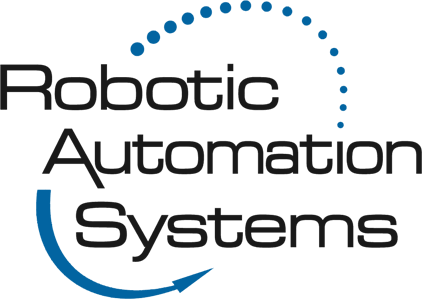12 End of Arm Tooling Grippers for Automation Projects
An end of arm tooling (EOAT) device is an attachment that allows a robotic arm to manipulate objects. Put simply, EOAT provides a “hand” that can accomplish many different tasks, including part picking and placing, insert loading, part confirmation, in-mold labeling, and docking. Innumerable end of arm tooling devices are available, including custom solutions designed for specific applications.
One of the most popular categories for end of arm tooling is the gripper, which can grasp and release parts in an automation project. Most grippers or pick-and-place units have precise mounting surfaces for specific attachments. Here’s a look at 12 types of grippers found in the automation industry.
- Parallel two-jaw grippers are a simple type of EOAT used to grasp parts by two flat, parallel surfaces. Pneumatic, electric, and hydraulic versions are available in numerous sizes, weights, forces, and stroke ranges.
- Angular two-jaw grippers have 90-degree pivoting fingers that can retract completely, providing extra clearance beneficial in certain applications.
- Parallel three-jaw grippers have three jaws spaced 120 degrees apart. This allows them to pick up objects with a cylindrical surface.
- Angular three-jaw grippers have up to 180 degrees of travel, allowing the jaws to retract from the work area.
- Bellows-style grippers offer another option for grasping cylindrical parts. Compressed air fills an elastomer bladder, causing it to expand and touch the object’s inner walls. When the air is released, the bladder deflates and drops the object.
- Expanding mandrel grippers are ideal for roll handling. They expand inside cylindrical objects by spring force and remain expanded until the load is fully supported. Only then can the grippers be retracted.
- O-ring grippers are end of arm tooling devices specifically designed to handle O-ring seals. They use six to eight radially expanding fingers to grab the inside diameter of the O-ring. Once stretched, the O-ring can be placed into a groove on the end of a cylindrical shaft.
- Multi-finger and adaptive grippers are relatively new developments in the automation industry. Their design allows them to grasp soft, spherical, and irregularly shaped products that are difficult to manipulate with traditional grippers.
- Vacuum cup arrays use suction cups to pick up and place flat, heavy objects.
Magnetic grippers transfer ferrous metal objects in both small- and large-scale applications. - Electrostatic force grippers generate electrostatic adhesion fields, allowing them to lift items in automation projects. However, this type of gripper is not suitable for manipulating charge-sensitive devices.
- Needle grippers are designed to pick up porous sheets and textiles by penetrating the woven surface with sharp needles.
Robotic Automation Systems is a leader and innovator of custom-designed, robustly engineered and constructed end of arm tooling for robotic automation applications in the plastic injection molding industry. With our nationwide presence, we’re confident we can provide solutions to help your business, no matter what your processes require. Contact us today at (608) 849-0880 to discuss how we can help with your automation equipment needs.
